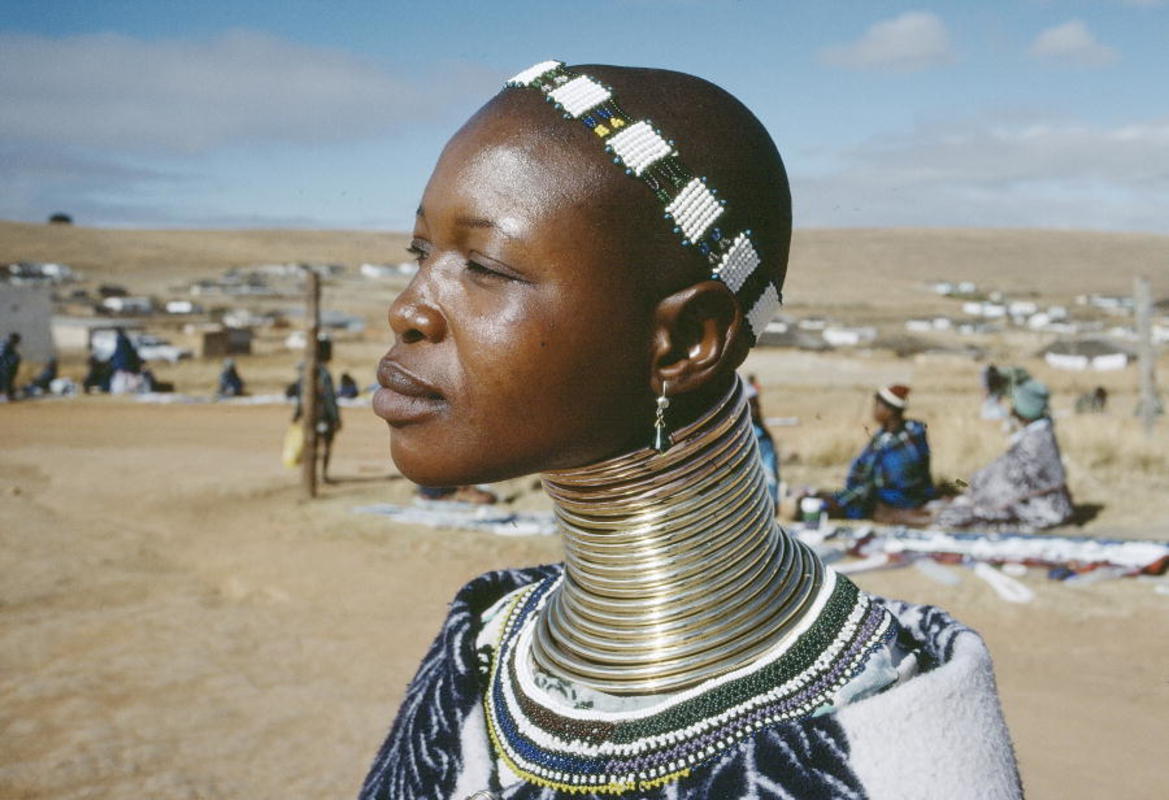The Republic of South Africa boasts a multi-ethnic society with 11 officially sanctioned national languages. Twenty percent of the country’s population is of mixed ancestry, with many having descended from European and Asian immigrants. The indigenous population speaks different Bantu dialects, while the relatives of white settlers know a variant of Dutch called Afrikaans.
History
Archaeologists have dated fossils found in Gauteng Province around three million years old. A one hour drive from Johannesburg, the caves at Sterkfontein, Malapa and several other locations are collectively one of South Africa’s UNESCO World Heritage sites. Sterkfontein Visitors can explore the excavation areas using a network of boardwalks and walkways. The visitor center has a museum with pre-historic fossils and various historical displays.
Bantu-speaking tribes settled in the northern areas of what is now South Africa during the 5th century BC, after vanquishing the San and Khoikhoi. Over the next 1,500 years, they gradually moved southward. By the time the first European explorers arrived in the 16th century, South Africa was a predominantly Bantu-speaking nation.
Dutch colonist Jan van Riebeeck set up an outpost at the Cape of Good Hope in 1652. This complex would later expand and evolve into what is now Cape Town. The original Dutch settlers shipped in slaves from India and Indonesia. As the pioneers moved east taking more territory, they clashed with the Bantu-speaking Xhosa tribes. A series of conflicts known as the Cape Frontier Wars took place from the 1770’s to the 1870’s.
In Grahamstown, the 1820 Settlers Memorial Museum has been revamped and renamed the History Museum. It houses artifacts and exhibits which offer unique insights into the lives and heritage of the people who inhabited the region between the 18th and early 20th centuries. British Armed Forces took over Cape Town in 1806. After diamonds were found in the 1860’s and gold in 1884, European colonizers battled over these sources of wealth.
The Dutch and allied settlers came to be known as the Boers. The British and the Boers fought two wars as they both tried to gain control of disputed territory and farmland. The first was from 1880 to 1881 and the second from 1899 to 1902. The oldest building in the country, Cape Town’s Castle of Good Hope, houses the Castle Military Museum, which has a fabulous collection of weaponry from the Cape Frontier and Anglo-Boer wars.
Nelson Rolihlahla Mandela is the most important figure in South Africa’s recent history. The militant anti-apartheid activist was sent to jail in 1962 and became a rallying symbol for the national and global anti-apartheid movements. He spent 27 years of a life sentence in Johannesburg Number Four and Robben Island, making both important tourist hotspots. After his release in 1990, Mandela led African National Congress negotiations which resulted in South Africa adopting a democracy in 1994. Subsequent elections saw Mandela installed as the first president of the country, a position he retained until stepping down in 1999.
Culture
South Africa’s indigenous culture suffered during the years of apartheid and even native African singers began using English or Afrikaans. Bantu and its various dialects are undergoing a minor renaissance and musicians are adopting their native tongues once again. Kwaito is a pleasant fusion of old and contemporary African beats. Traditional South African languages have survived in rural areas, where less everyday exposure to Westerners has taken place.
Dance is popular in all echelons of South African society, with particular dances representing the origins of its performers. Gumboot originated from the first miners and is today an integral part of the nation’s culture. Gumboot performances can be seen at key tourist areas, such as Cape Town’s Victoria & Alfred Waterfront. Zulu dances are an amazing spectacle of warriors in traditional attire, which can be observed during the annual Royal Reed Dance or at cultural shows in Phezula Game Park in KwaZulu Natal Province.
South Africa has a rich sporting heritage and its three most popular are rugby, cricket and soccer. People in South Africa actively follow the Springboks and the Proteas national teams and games are shown on televisions in many public establishments.

